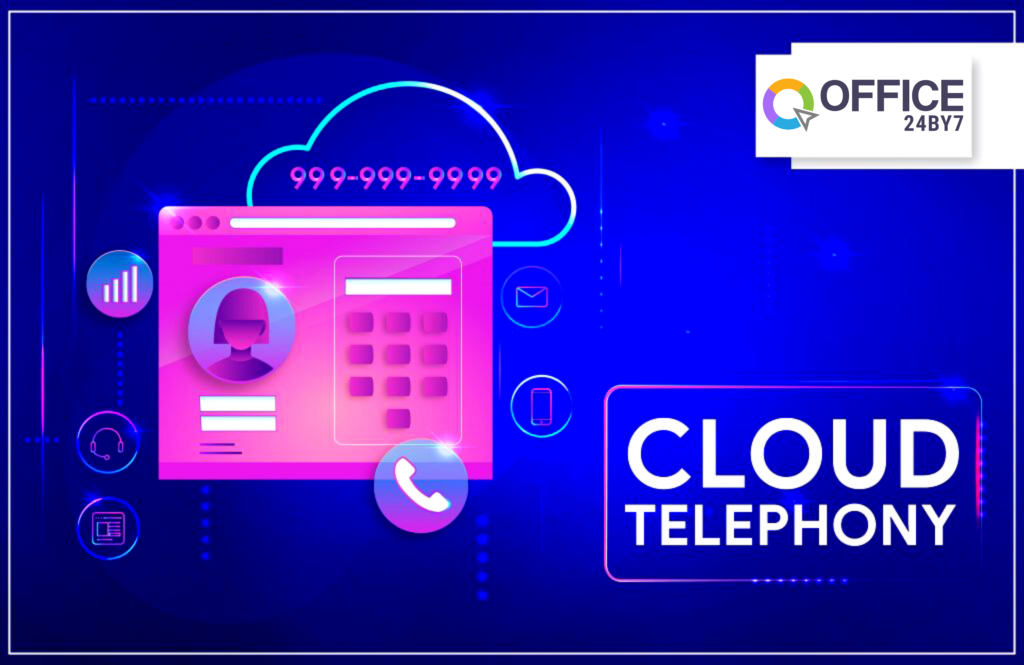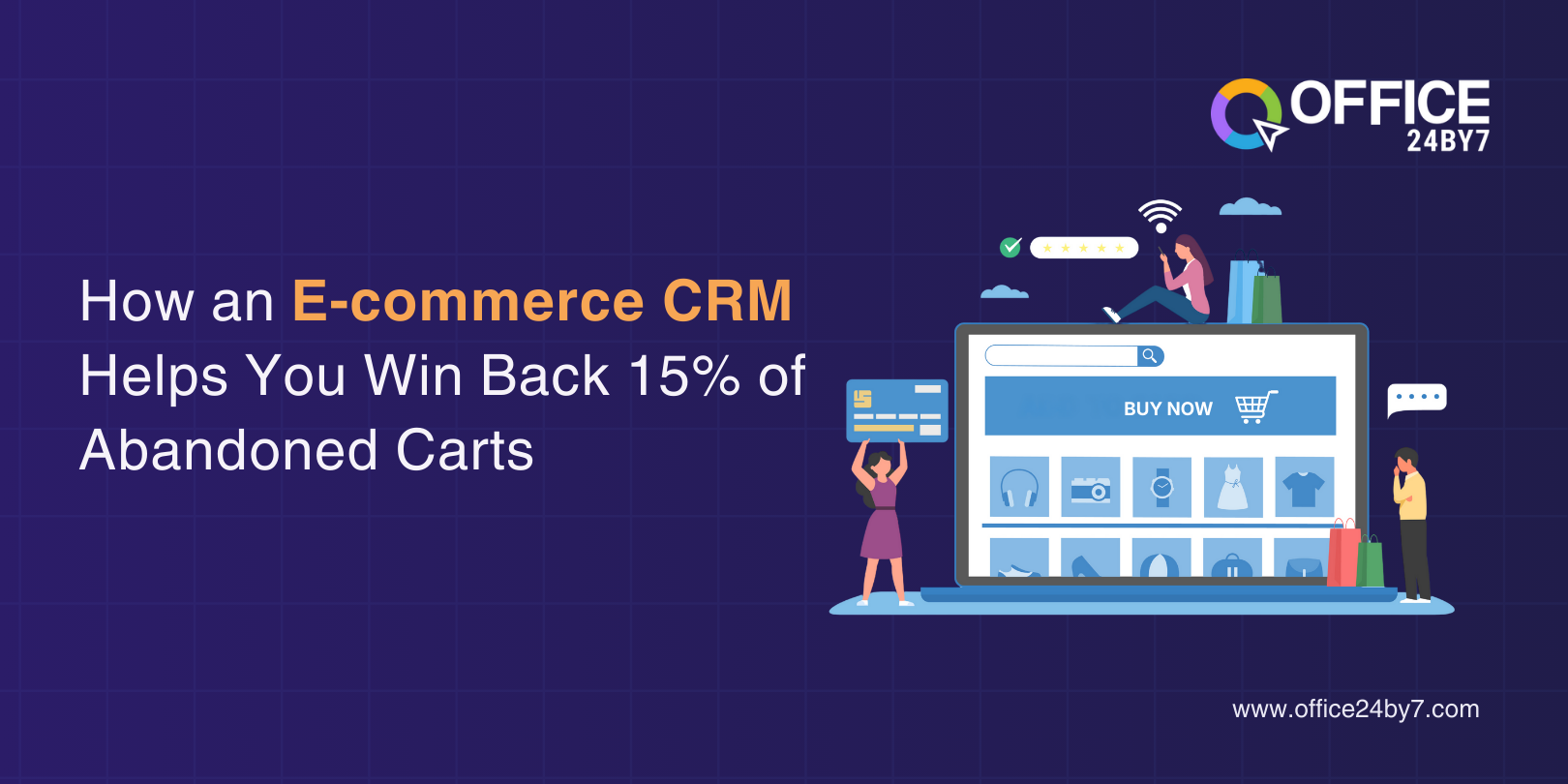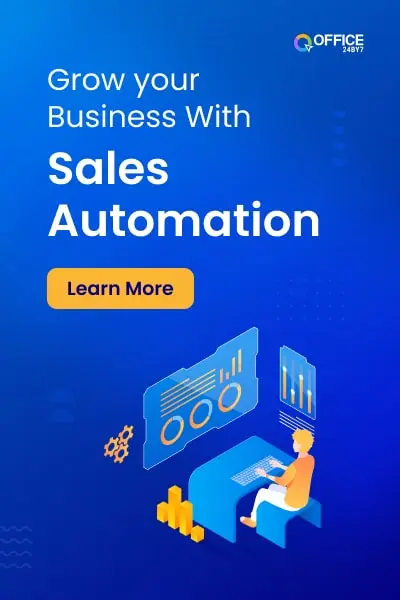
In this short, quick blog, we look at several cloud telephony features.
Cloud is Not the ‘Cloud of Rain’ but a Metaphor.
Recently, we have listened to the word ‘Cloud” more often and in a different context than its usual meaning. You must have come across terms like cloud computing, cloud technologies, cloud storage, etc. already. Here, it is used not in its literal sense but metaphorically for the internet.
The Internet revolutionized almost everything around us. It also took over the technology delivery as well. Cloud computing is defined as the delivery of various services, including databases, storage, software, networking, and lead tracking analytics. The absence of data security laws and widespread internet usage to connect and deliver various services led to the fast expansion of cloud services.
What is Cloud Telephony?
Cloud telephony, as the name suggests, is a cloud-based communication technology where the required devices and applications are hosted in the host server. In plain parlance, taking business telephony systems like PBX to the cloud can be cloud telephony.
In cloud telephony software, the physical infrastructure of the PBX system will disappear, and the same services will be hosted from the data center or service provider’s server. Inbound and outbound business calls can be managed by cloud computing.
One of the biggest advantages of cloud telephony solutions is that you don’t require any infrastructure or hardware to start using the services. You can start with a good internet connection with your desktop, laptop, or mobile phone.
Important Features of Cloud Telephony
Virtual Number
A Virtual Number services is a cloud-based business phone number that manages all incoming calls. Multiple phone numbers and departments can be mapped to this number with call routing, diverting, and forwarding features.
Toll-free Numbers
A toll-free number is a virtual number software for which arriving, or incoming calls are billed instead of incurring charges to the caller. Businesses take a toll-free to serve the customers best about incoming calls. A toll-free number makes it free for the customers to reach out to the business.
Landline Number
A virtual number landline is a cloud-based number not tied to a specific physical telephone line but looks like a landline number. It helps businesses reach out to customers and make them look like local sellers, enhancing local presence and trust. It operates through the internet or cloud-based systems, enabling calls to be forwarded to mobile or landline phones.
Mobile Number
A mobile virtual number software is not directly associated with a physical SIM card or device. It operates through cloud-based systems or mobile applications, managing calls and texts on various devices, enhancing portability and accessibility while maintaining a single contact number across platforms. It is used by businesses to produce a sense of personal touch to customers when they get calls from these numbers.
Welcome Message
A welcome message in the IVR system (Interactive Voice Response) is the initial automated greeting that greets callers when interacting with a phone system. It provides a warm introduction, offering options for navigating the menu, directing callers to the appropriate departments, and setting the tone for the interaction.
Call Forwarding
Call forwarding in cloud telephony software redirects incoming calls to designated numbers or devices, regardless of the caller’s location. It allows seamless transfer of calls to mobile phones, landlines, or other extensions, ensuring accessibility and continuity in communication and enhancing responsiveness and flexibility for businesses and users.
Multi-level IVR
Multi-level IVR system in cloud telephony creates intricate menu structures with multiple tiers of options. It allows callers to navigate through different levels of prompts, guiding them to specific departments or information. This hierarchical system enhances call routing, providing a more tailored and efficient customer experience.
Missed Call
Missed Call Solution is best for generating leads from the not well-connected regions. It is also a cost-effective solution to generate leads from wide sections of society. You can give virtual number software in your online and offline campaigns, asking prospects to give a missed call to the number. The call gets disconnected after one or two rings as preset. The number is registered in your system, and you can call, send, and send an SMS at your convenience to engage further.
Call Routing
Call routing in cloud telephony software involves directing incoming calls to specific destinations or departments based on predefined criteria. It utilizes rules like IVR software prompts, time-based routing, or agent availability, ensuring efficient call distribution to appropriate extensions, enhancing customer experience, and optimizing organizational communication.
Sticky Agent
A sticky agent in cloud telephony software is a feature that consistently assigns the same customer service representative (agent) to a particular caller. This personalized approach ensures continuity and familiarity during interactions, improving customer experience by connecting callers with the same agent for ongoing assistance and relationship building.
Click-to-Call
Click-to-call services are the other important feature of cloud telephony. An agent from your contact center can initiate a call to the customer with a click from the dashboard. Likewise, a click-to-dial widget can be set up on your website or app to connect to customers instantly.
Preview Dialer
A preview dialer in cloud telephony software allows agents to preview customer information before initiating a call. It presents details like contact history or notes, enabling agents to prepare for personalized conversations, improving engagement, and ensuring informed interactions, enhancing efficiency and effectiveness in customer communications.
Progressive Dialer
A progressive dialer in cloud telephony automates outbound calls, automatically connecting agents to live calls after each completion. It maintains a steady pace, initiating calls based on agent availability, improving efficiency by reducing idle time, and ensuring seamless connections for agents to handle conversations promptly and effectively.
Predictive Dialer
A predictive dialer in cloud telephony software uses algorithms to predict agent availability and call success rates, initiating multiple outbound calls simultaneously. It aims to match available agents with answered calls, optimizing efficiency by minimizing idle time and maximizing agent productivity in handling connected calls for improved outreach.
Call Recording
The call recording feature in cloud telephony software allows businesses to capture and store phone conversations for quality assurance, compliance, training, or reference purposes. It enables recording both inbound and outbound calls, providing valuable insights, enhancing customer service, and ensuring accuracy in information exchange.
Text-To-Speech (TTS)
Text-to-speech (TTS) in cloud telephony software converts written text into spoken words. It enables automated voice prompts or messages from typed content, facilitating IVR systems to generate speech-based responses dynamically. TTS enhances user experience by delivering information audibly and enables customization of voice-based interactions in telephony systems.
Call Masking
Call masking in cloud telephony conceals personal phone numbers by replacing them with virtual or masked numbers during calls. It protects user privacy by keeping actual contact details hidden facilitating communication between parties while maintaining confidentiality. It is often used in the marketplace or on-demand service platforms for secure connections.
Automatic Call Distribution (ACD)
Automatic Call Distribution (ACD) in cloud telephony software efficiently routes incoming calls to the most appropriate agents or departments based on predefined criteria like IVR software selections, agent skills, or availability. It optimizes call handling by ensuring swift and accurate distribution, enhancing customer service and operational efficiency.
In a nutshell, cloud telephony software packs a punch with its versatile toolkit. It’s a game-changer in customer interactions, from scalability to slick integrations and nifty features like IVR software and call recording. This tech-savvy wizardry, powered by Office24by7’s automation software tool, keeps businesses agile and customer-focused in today’s fast-paced landscape.





